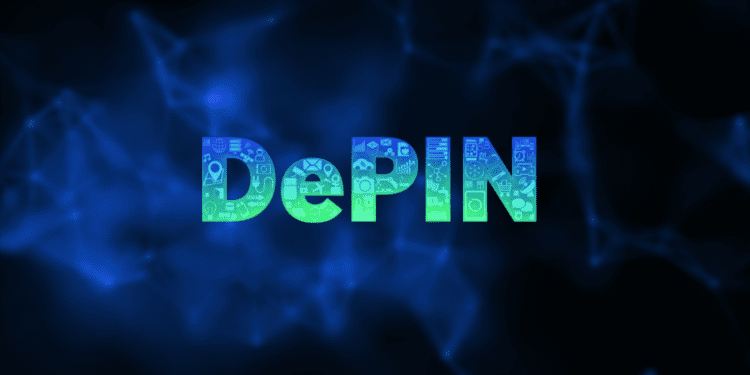- ‘DePIN’ involves taking real-world infrastructure like a wireless network and running it with a blockchain-powered system
- VCs are salivating over DePIN, but there aren’t many customers yet
- DePIN faces the challenge of matching the hype surrounding it
DePIN is a new blockchain protocol that enables decentralized identity and authentication for Web3 applications. It has been attracting significant interest and investment from venture capitalists recently. But can DePIN live up to the hype?
What is DePIN?
DePIN stands for Decentralized Personal Identity Network. It is a layer 2 network built on top of public blockchains like Ethereum and Solana. The goal of DePIN is to provide a shared infrastructure for managing digital identities and authentication in a privacy-preserving way.
Users can create identity wallets which contain cryptographic proofs about their attributes and credentials. Dapps and services can then request selective disclosure of a user’s credentials for authentication or authorization purposes. Under the hood, DePIN uses zero-knowledge proofs to validate credentials without revealing any unnecessary personal data.
Key Benefits of DePIN
Some of the key benefits that DePIN offers include:
- User control over identity – Users have granular control over what personal data they share.
- Privacy by design – Data minimization and zero-knowledge proofs prevent unnecessary exposure of personal data.
- Interoperability – Identity wallets are blockchain agnostic and can work across different apps and chains.
- Resistance to identity theft – Cryptographic proofs prevent impersonation or forgery of credentials.
- No centralized honeypots – User data is not stored or controlled by any central entity.
Why Are VCs Excited About DePIN?
DePIN has managed to raise $21 million in funding so far from top blockchain VCs like Dragonfly Capital, Borderless Capital and VanEck.
Here are some of the reasons why DePIN is generating so much investor interest:
- Huge market potential – Digital identity is a fundamental need for mainstream adoption of Web3. DePIN is well positioned to become a standard solution.
- Strong technical foundations – DePIN’s protocol is built by a team of cryptography and blockchain experts and has been thoroughly peer reviewed.
- Applicability across sectors – Secure digital identity has use cases across healthcare, finance, retail, enterprise, and more.
- First mover advantage – DePIN is one of the first solutions focused exclusively on decentralized identity for Web3.
Concerns Around Mainstream Adoption
While DePIN offers a compelling vision for digital identity in Web3, there are some concerns around whether it can achieve mass adoption.
Unlike protocols like Bitcoin or Ethereum, DePIN requires more active participation from end users. They need to set up identity wallets, manage credentials and perform selective disclosure every time authentication is required. This added friction may limit ubiquitous use.
There are also potential UX challenges surrounding key management and preventing users from losing access to their identity wallets. The lack of recovery options can be a huge deterrent for novice crypto users.
For DePIN to go fully mainstream, it needs to be integrated into services in a way that minimizes user involvement. Apps may need to build their own abstraction layers on top of DePIN to streamline the identity and authentication experience.
DePIN’s Future Prospects
Despite some adoption challenges, DePIN offers a novel solution for decentralized digital identity that is fundamentally more aligned with Web3 principles. With continued technical refinements and UX improvements, it has the potential to become a core infrastructure layer for the open metaverse.
Backing from top VCs indicates that investors see long-term value in decentralized identity. As the Web3 ecosystem matures, demand for user-centric and privacy-preserving identity solutions like DePIN will only grow. But it remains to be seen whether DePIN itself will become the dominant standard that brings the technology into the mainstream.
Conclusion
DePIN proposes a compelling vision for decentralized digital identity aligned with Web3 values. Its novel technical approach and applicability across sectors has generated considerable investor enthusiasm. However, questions remain around end user adoption. For DePIN to truly unlock its potential, it may require integration work from applications to minimize identity management friction for users. But if these UX challenges can be overcome, DePIN has the opportunity to spearhead a new paradigm for digital identity.














